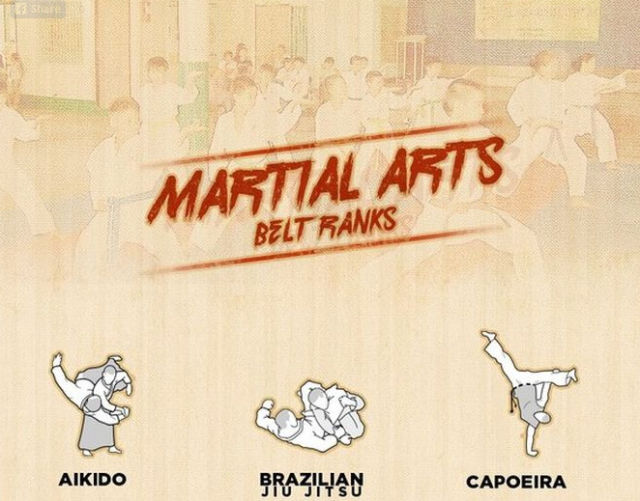Traditional Martial Arts Vs. Modern Fight Sports: Comprehending The Trick Differences
Traditional Martial Arts Vs. Modern Fight Sports: Comprehending The Trick Differences
Blog Article
vision martial arts Composed By-Skovbjerg Haagensen
When you think of martial arts, do you lean extra towards the traditional methods or the modern-day battle sports? Each path offers special advantages and experiences, formed by their ideologies and training methods. Standard martial arts highlight individual development and discipline, while modern-day battle sporting activities focus on competitors and performance. Recognizing these differences can lead you in choosing the right strategy for your journey. But just how do these distinctions manifest in training and viewpoint?
The Approach and History Behind Traditional Martial arts
While lots of people link martial arts with physical fight, the philosophy and history behind conventional martial arts run much deeper. You'll find that these disciplines highlight personal development, technique, and respect.
Stemming from old practices, standard martial arts were typically created for Self-Defense and spiritual advancement. They personify concepts such as balance, consistency, and self-control, leading specialists beyond simple battling skills.
As you educate, you'll not just discover methods yet also get understandings into the culture and values that formed these arts. The rituals and customs, often given with generations, foster a sense of neighborhood and belonging.
The Affordable Nature of Modern Battle Sports
Modern fight sports have transformed the landscape of martial arts into a very competitive field, where professional athletes face off in a test of ability, strategy, and endurance.
You'll see that competitions are frequently organized with stringent regulations and guidelines, making sure fair game and security. These events draw in big audiences, fueling the enjoyment and intensity of matchups.
Athletes train rigorously, not just for physical expertise yet additionally for mental sturdiness, understanding that every detail counts in the ring. The adrenaline thrill throughout competitions is apparent, as competitors push their limits to declare triumph.
Fans appreciate the athleticism and virtuosity entailed, making contemporary battle sporting activities a thrilling phenomenon that remains to progress and captivate lovers all over the world.
Training Techniques and Methods: A Relative Analysis
The competitive environment of contemporary combat sports demands cutting-edge training approaches that differ significantly from typical martial arts.
In modern-day training, you'll concentrate on specific strategies, competing, and conditioning, often using drills that mimic actual battle situations. You'll see an emphasis on measurable efficiency and regular competition to examine your abilities.
In https://cristianlubfg.blogthisbiz.com/42485824/begin-your-course-in-the-direction-of-becoming-proficient-in-protection-by-comprehending-the-complicated-link-in-between-worry-and-empowerment , conventional martial arts focus on types, katas, and thoughtful teachings, typically stressing self-control and respect over competition.
Training is generally less intense and may involve recurring method rather than real-time sparring.
While both strategies construct ability and fitness, modern battle sporting activities offer a more vibrant and adaptable training environment, preparing you for immediate challenges in the ring or cage.
Choose the course that straightens with your goals and interests.
Final thought
In choosing in between conventional martial arts and contemporary fight sports, it truly comes down to what you value most. If visit the next web site seeking personal development, technique, and a feeling of neighborhood, typical arts may be your finest fit. Yet if you grow on competition and real-time obstacles, modern battle sports could be the method to go. Inevitably, both courses supply special benefits, so it's all about aligning your training with your personal objectives and passions.
